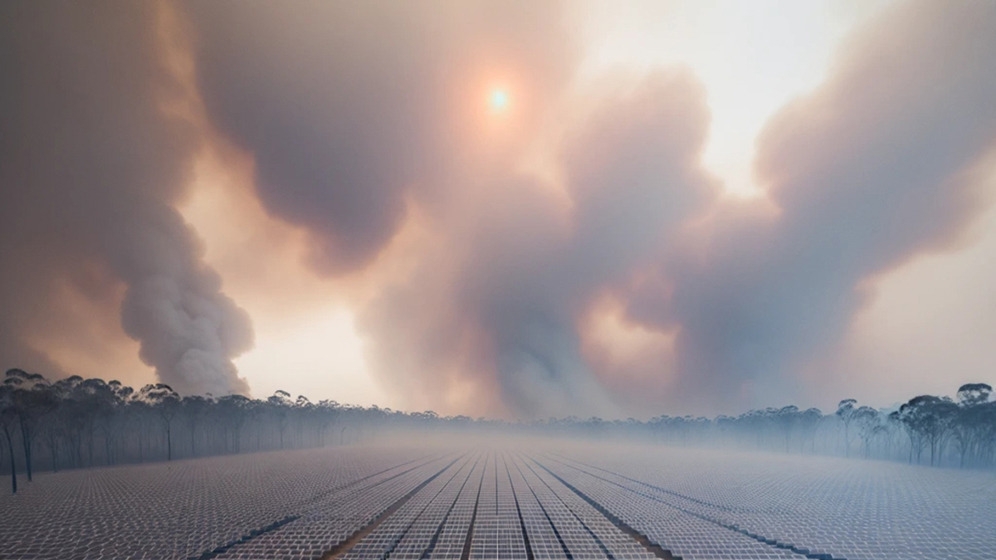UNSW Study Reveals Wildfire Smoke’s Impact on Solar Power and Suggests Early Detection Possibility – BNN Breaking
UNSW Study Reveals Wildfire Smoke’s Impact on Solar Power and Suggests Early Detection Possibility
In a ground-breaking study, researchers from the University of New South Wales (UNSW) have unveiled the profound impact of wildfire smoke on the efficacy of rooftop photovoltaic (PV) systems. The study, published in eScience, meticulously investigates the repercussions of the catastrophic 2019-2020 wildfires in Australia on solar energy production.
Unmasking the Aftermath of Wildfires on Solar Power
The wildfires of 2019-2020, considered disastrous on both national and global fronts, incinerated an estimated 243,000 square kilometers. These fires resulted in 33 human fatalities, the death of countless animals, and the demolition of thousands of buildings while emitting over 700 million tonnes of CO2. The UNSW study, titled “Quantifying the impact of wildfire smoke on solar photovoltaic generation in Australia,” delves into the effects of this environmental calamity on solar power generation.
Wildfire Smoke: A Hurdle for Solar Power
The research findings highlight that wildfire smoke not only diminishes solar irradiance but also instigates soiling due to particle deposition on solar panels. The research team analyzed data from 160 residential PV systems in New South Wales, revealing that the concentration of fine particles significantly impacts PV performance. The most severe reductions in solar power production occur in the mornings and evenings.
Quantifying the Impact: The Numbers Speak
The study found that the average reduction in power generation across the systems was around 13% per 100 micrograms per cubic meter for air mass 1.0. This resulted in a total energy loss of approximately 4.2% over 71 days for all systems. The reduction translates to a statewide energy loss of about 175 ± 35 GWh during the wildfire period.
From Damage to Detection: The Silver Lining
Interestingly, the researchers have suggested that residential PV systems could double as an early warning detection system for wildfires. These systems can provide vital information on the presence and concentration of wildfire smoke. The team also proposed that rooftop PV systems could predict insolation, temperature, and wind patterns without necessitating additional maintenance beyond the norm to provide reliable correlations between PV output and particulate matter concentration.


